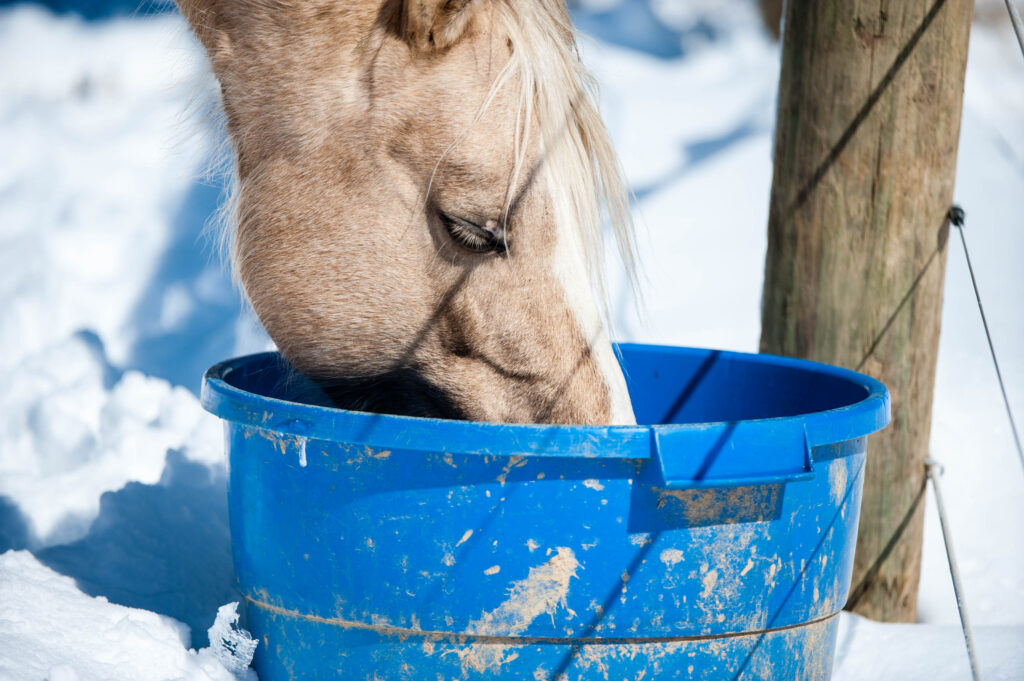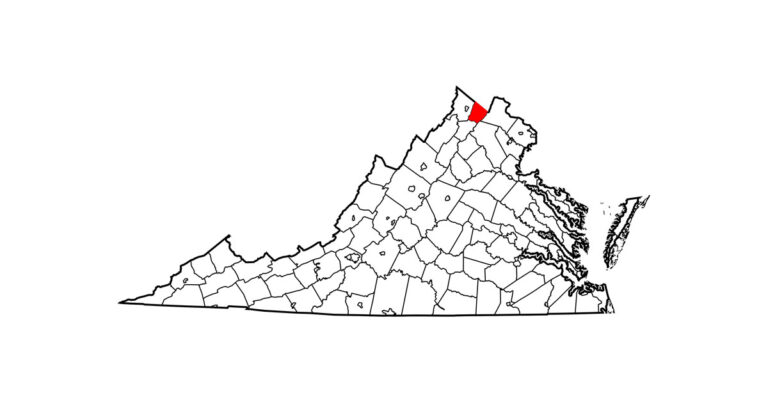Q: Are dehydration and overheating ever a problem for horses in the wintertime? If so, do you have any tips for avoiding these problems while continuing a regular exercise routine?

Amy K. Dragoo
HARRY W. WERNER, VMD
A: Yes, overheating and dehydration can be a problem for horses in the winter. Both can result from a combination of factors, some of which may not be obvious during cold-weather conditions. It is important to know what these factors are and how to control their effects on your horse.
Preventing overheating
Unlike smaller animals, such as people and dogs, horses have a very large body mass relative to their surface area. This makes them big “heat sinks”—their bodies take a long time to warm up and cool down. Even on chilly days, if you exercise your horse enough to increase his internal temperature, he will still need a proper cool-down.
How much heat a horse can tolerate varies a great deal among individuals. In the winter, heat tolerance also depends on whether he is body-clipped, trace-clipped or unclipped. A heavy winter coat is very insulating, so an unclipped horse will get warmer during exercise than a clipped horse. A winter coat also slows evaporation of sweat, which is the primary means by which horses cool their bodies, so it takes unclipped horses longer to return their temperature to normal after a workout.
Exercising your horse during winter is fine on all but the most bitter-cold days (when temperatures are below about 25 F). To be sure he is completely cool at the end of your ride, always err on the side of caution by walking him more rather than less. Keep in mind that the purpose of cooling out—transitioning from peak exercise to rest—is not only to return his body temperature to normal, but also to restore normal muscle function. His circulatory system needs time to remove waste products from his muscles and return pH levels to normal. How long this process takes depends on how fatigued the muscles are. The degree of muscle fatigue depends on the duration and intensity of the workout as well as how fit your horse is.
If you blanket your horse, be careful not to do so too soon after exercise. Even if his skin temperature seems cool to the touch, his core body temperature may still be elevated. Blankets can trap excess heat against the skin and prevent sweat from evaporating, so blanketing too quickly can sometimes cause horses who seem to have recovered from a ride to break out into a sweat again.
If your horse is unclipped but is still slightly damp after a ride, it is usually safe to turn him out or put him in a stall unblanketed as long as he has a good winter coat and is a healthy weight. His coat’s natural wicking and insulation properties will keep him comfortable. However, a soaking-wet coat (as from a drenching rain) will not provide adequate insulation because the hairs are flattened against the skin. If your horse gets this wet on a cold day, towel him off and put him in a temperate area until he dries.
Preventing dehydration
Susceptibility to dehydration varies from horse to horse. Depending on his diet and exercise, your horse’s water consumption actually may need to go up in the wintertime. In colder months, many horses eat more hay, which requires digestion by the hindgut in a very water-intensive process. If your horse does not have enough water to digest the roughage, he may develop impaction colic.
Also, the more internal heat your horse produces through exercise, the more water he needs to cool his body. At the same time, exercise increases intestinal motility, which reduces the risk of colic. So instead of limiting his exercise, try to encourage adequate water consumption. Keep fresh, temperate water available at all times (many horses dislike drinking extremely cold water) as well as a mineral salt block to stimulate thirst. Consider giving him daily oral electrolytes to help increase water consumption. The kidneys naturally excrete any excess electrolytes, so there is no harm in offering them year-round.
Regularly monitoring how much water your horse consumes can help you catch sudden changes. Unfortunately, monitoring isn’t possible if he is turned out with other horses or if he has an automatic waterer in his stall without a flow meter. The easiest way to keep track of his hydration is by testing his skin elasticity. Pinch the skin on his neck between your thumb and forefinger and pull it slightly off his body. When you release the skin, it should spring right back into place. If it does not, he is dehydrated (in which case, consult your veterinarian immediately).
By keeping your horse hydrated and cooling him out properly after every workout, you will help him weather the winter safely and happily.
Dr. Harry Werner began his equine practice in southern New England in 1979. Since then, he has held numerous positions at the American Association of Equine Practitioners, including its presidency in 2009. He also serves on the board of the World Equine Veterinary Association and is a member of the American Veterinary Medical Association Welfare Committee.
This article originally appeared in the January 2014 issue of Practical Horseman.










